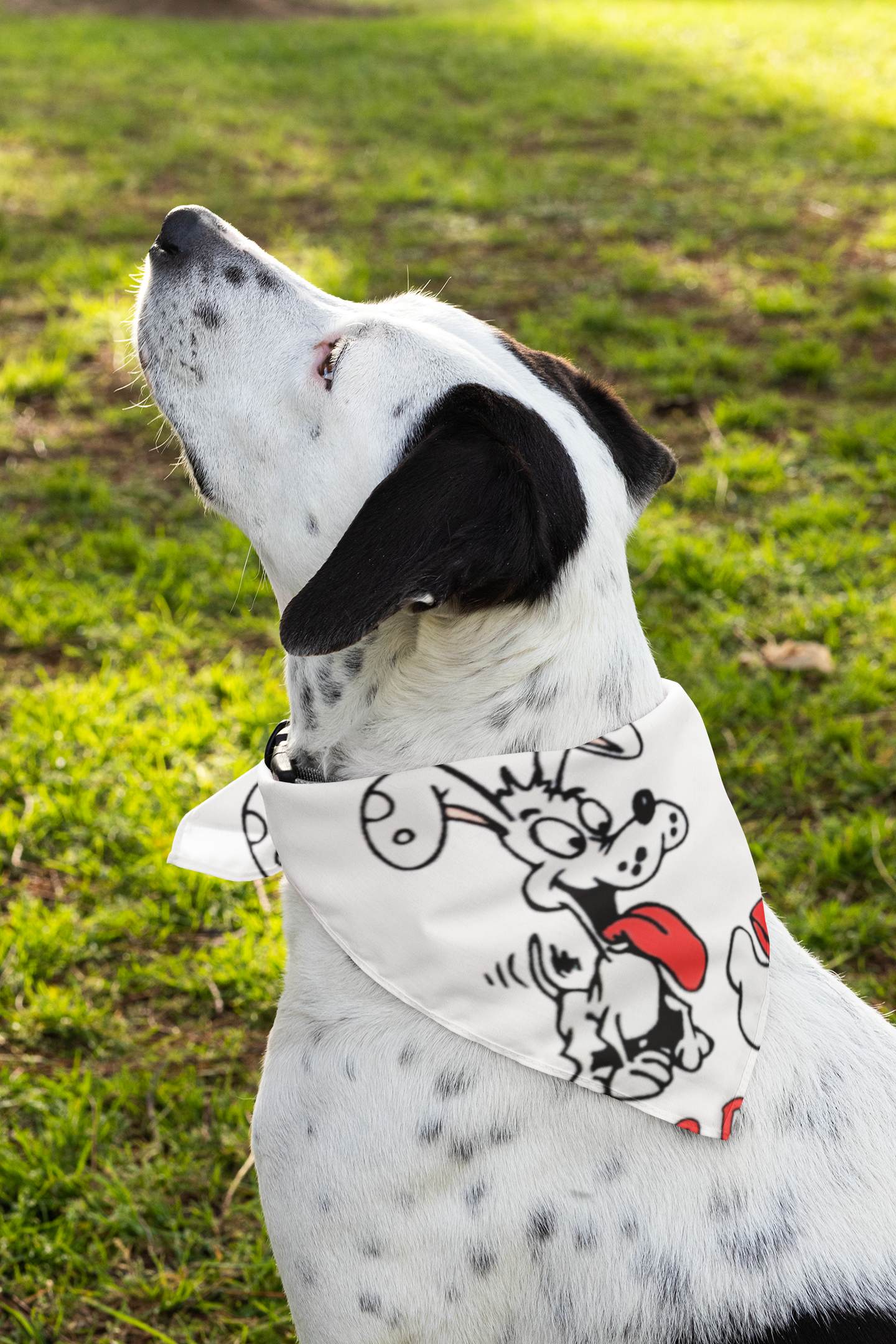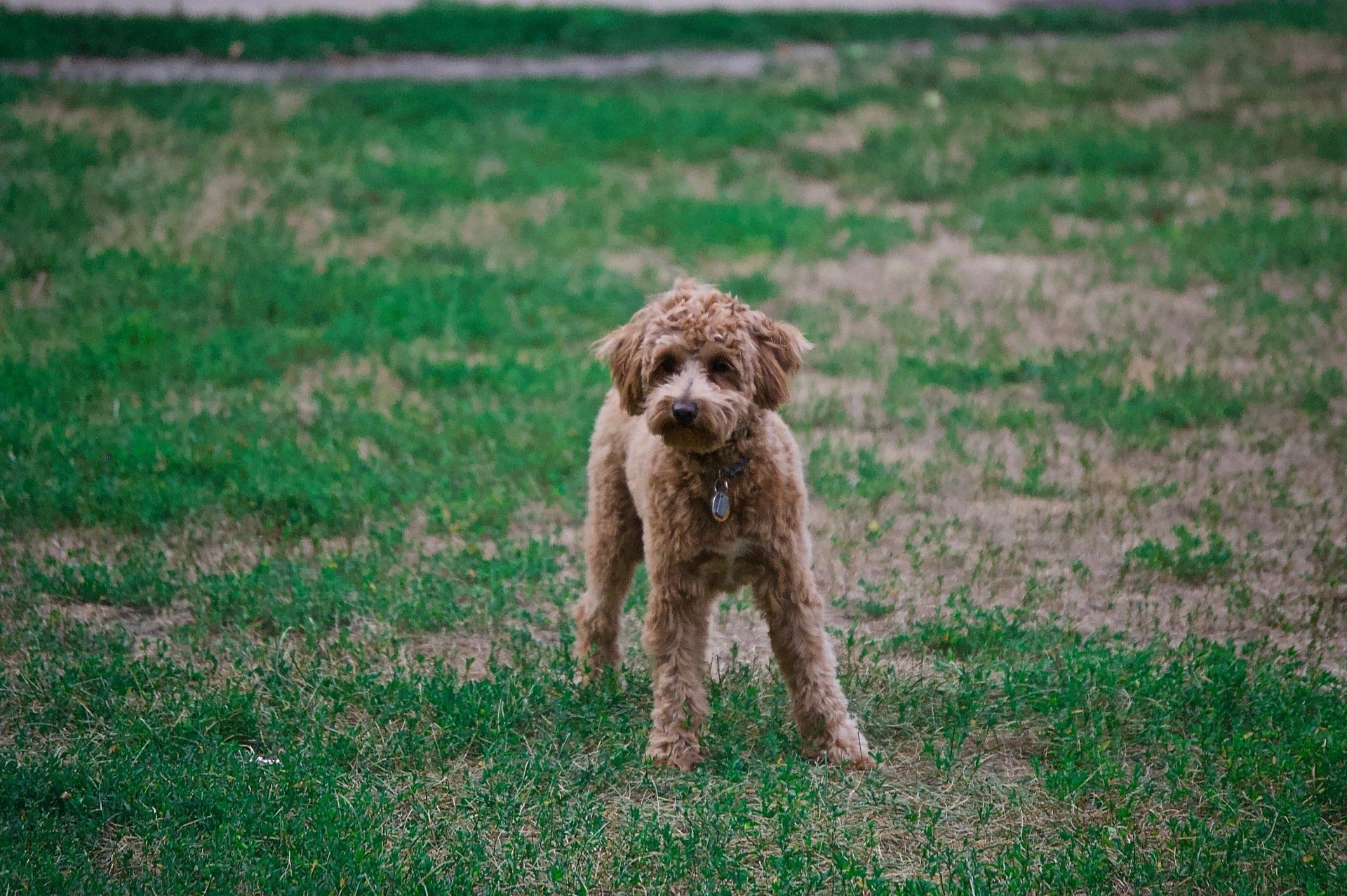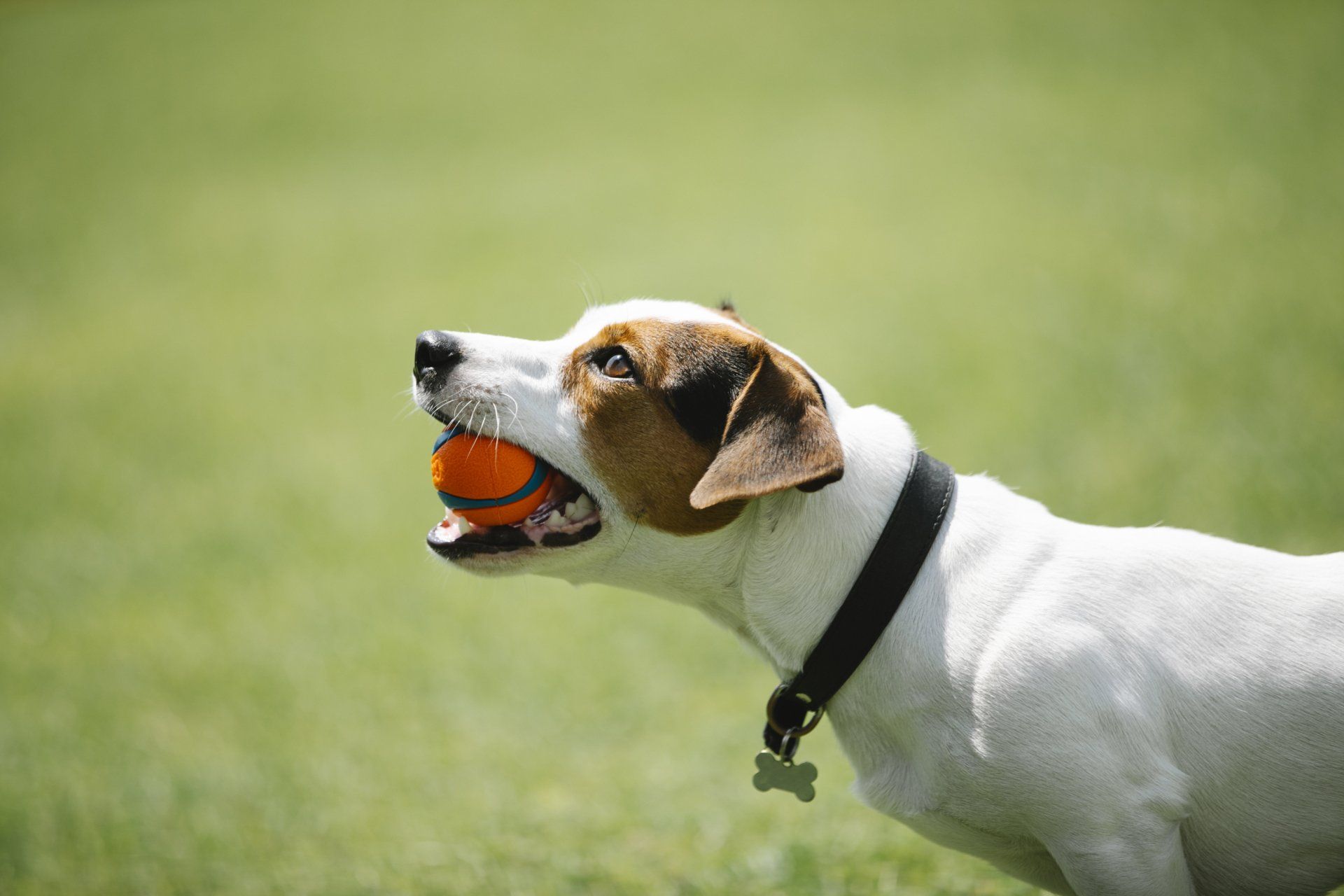Increasing Your Dog's Confidence
Increasing Your Dog's Self-Assuredness

Is your dog afraid of other dogs or people? Is your dog easily startled? Agility training can provide your dog with the setting and structure needed to help him gain confidence. Agility lessons are a terrific way for people to learn about the sport and how to train their dogs, but a cautious dog may take a long time to venture out from beneath your chair or off your lap.
Only within their comfort zone can a timid or shy dog learn. As a result, training should begin where they feel safe, and behaviors should be taught in modest steps. Your dog's best training and learning environment will most likely be at home.
So, how do you prepare for a workout at home? You'll need certain guidelines as well as some tools. There are several websites that can provide you with information about agility training. There are also books and DVDs available that provide information, visual aids, and lesson plans for beginners to advanced students.
There is a wide range of equipment that is beneficial to have at home. The equipment you should use is determined by the amount of room you have and the location of your training. Do you have a large enough yard to accommodate 10 obstacles? Do you have a tiny yard where you'll need to set up and pull down equipment before you can set it up again? Will you be exercising in your garage or basement, or in your living room, as some agility junkies do?
Make sure your equipment is safe and robust for the timid pets. Starting your agility training on the pause table is an excellent idea. For all sizes of canines, a 12" high pause table with adjustable legs is a nice place to start. Remember to place your table in an area that your shy dog is quite familiar with. If your dog barks at something new, simply leave your pause table in your house or yard for a few days, allowing your dog to explore and smell it on his own or with a little encouragement, but don't rush him; remember, with an insecure dog, baby steps are best. Encourage your dog to get up on the table by placing treats in a dish or his favorite toy on the table. Be patient as this may take more than one lesson.
Try holding your cautious dog as you sit on the table if he loses interest in food or toys when you try anything new. If your dog is too large to hold, put him on a leash and sit at the table with him. If he pulls away, entice him back in, but only treat or thank him when he comes to you, not when he pulls away from you or the table.
With your cue word, "Table," "Box," "Kennel," or whatever phrase you select, you want your dog to eventually be able to jump on the table. As you back away from the table, stay on it and come when you're called. Slowly increase the distance between you and your dog so that he is not pushed too hard too soon.
Your dog's confidence will improve as he succeeds on each new piece of equipment.
Follow us

We are
Always Open!
Subscribe to Get Our Special Offers
Subscribe to Get Our Special Offers
Thanks for subscribing. You'll be the first to hear about new items and special offers.
Please try again later.

